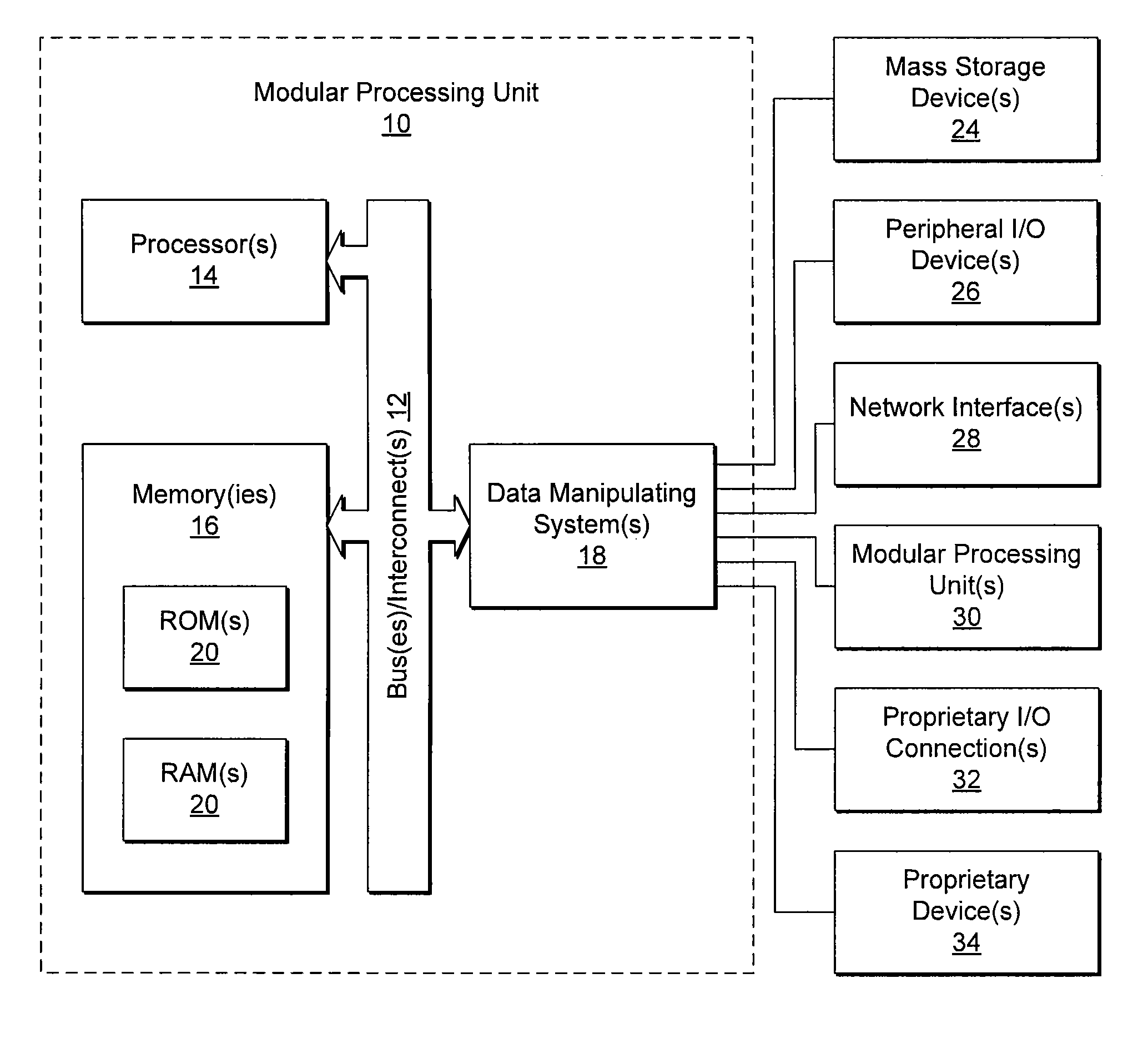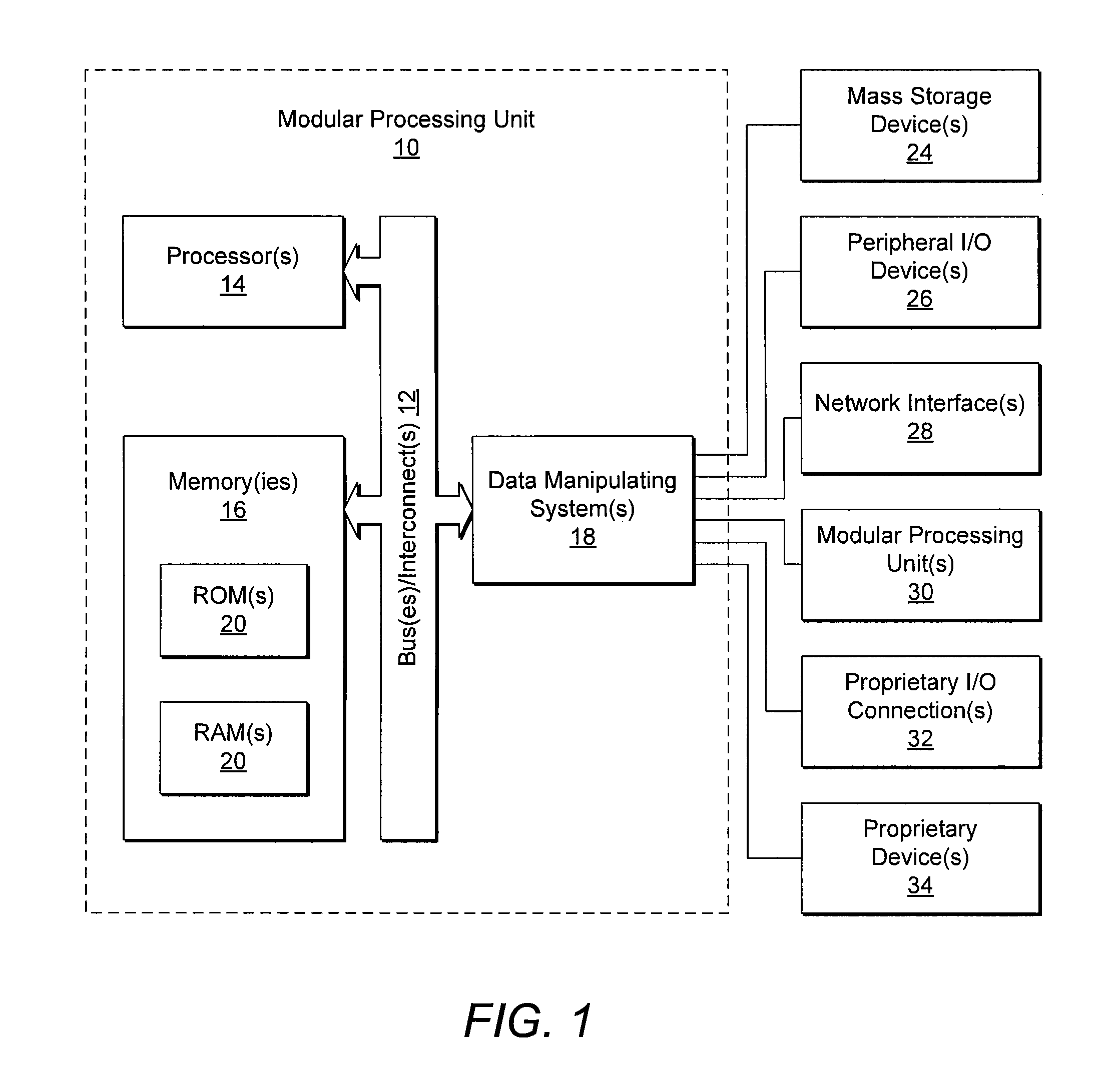Miniturization techniques, systems, and apparatus relatng to power supplies, memory, interconnections, and leds
a technology of leds and miniaturization techniques, applied in the direction of generating/distributing signals, coupling device connections, sustainable manufacturing/processing, etc., can solve the problems of power supply design to ensure, improper operation of susceptible components, and several system components to improve performance, and improve functionality. , the effect of miniaturizing the layout of memory and memory controllers
- Summary
- Abstract
- Description
- Claims
- Application Information
AI Technical Summary
Benefits of technology
Problems solved by technology
Method used
Image
Examples
Embodiment Construction
[0063]The present invention relates to electronic systems and components. In particular, the present invention relates to miniaturization techniques, systems, and apparatus relating to power supplies, memory, interconnections, and LEDs.
[0064]In the disclosure and in the claims, the term array may refer to any suitable arrangement that comprises a plurality of adjacent rows and a plurality of adjacent columns.
[0065]The following disclosure of the present invention is grouped into five subheadings, namely “Representative Operating Environment,”“Power Supplies,”“Memory,”“IC Connectors,” and “Logic Chip / LED Connection.” The utilization of the subheadings is for convenience of the reader only and is not to be construed as limiting in any sense.
Representative Operating Environment
[0066]FIG. 1 and the corresponding discussion are intended to provide a general description of a suitable operating environment in accordance with embodiments of the present invention. As will be further discusse...
PUM
 Login to View More
Login to View More Abstract
Description
Claims
Application Information
 Login to View More
Login to View More - R&D
- Intellectual Property
- Life Sciences
- Materials
- Tech Scout
- Unparalleled Data Quality
- Higher Quality Content
- 60% Fewer Hallucinations
Browse by: Latest US Patents, China's latest patents, Technical Efficacy Thesaurus, Application Domain, Technology Topic, Popular Technical Reports.
© 2025 PatSnap. All rights reserved.Legal|Privacy policy|Modern Slavery Act Transparency Statement|Sitemap|About US| Contact US: help@patsnap.com



